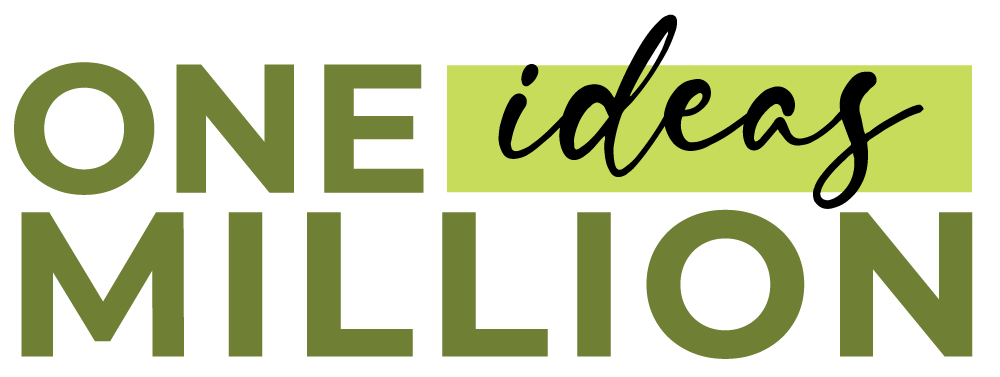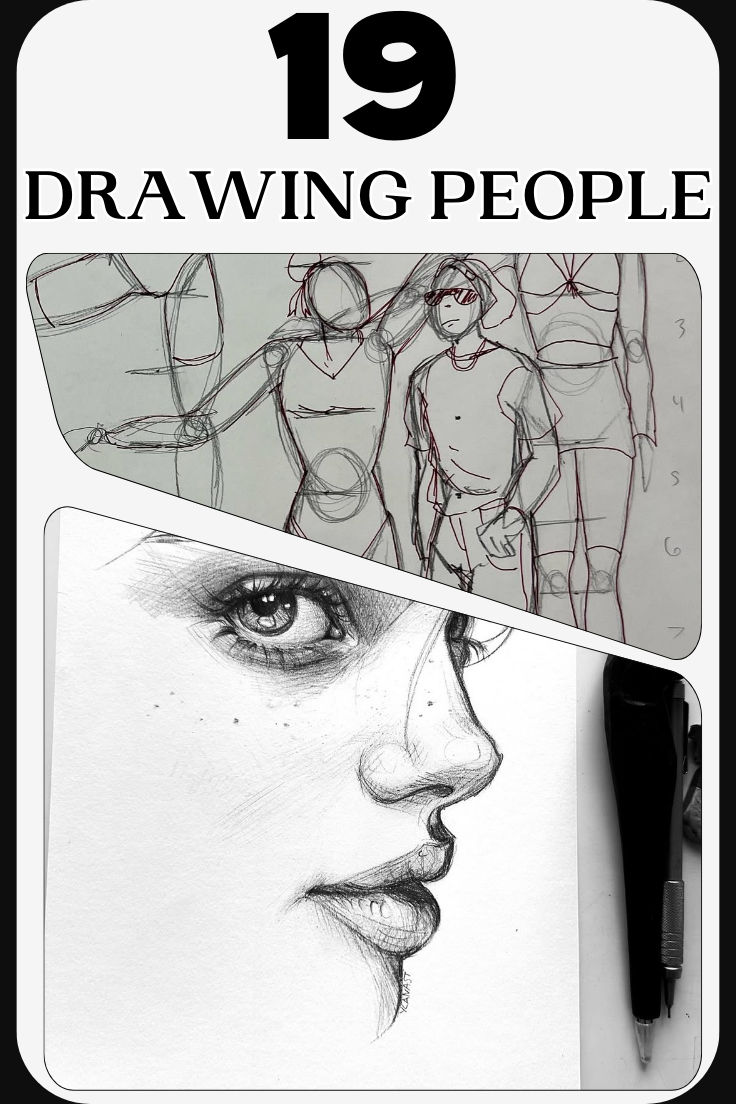
Drawing people can often be one of the most intimidating challenges for any artist. Whether you’re just starting to sketch your first human figure or have been drawing for years but struggle to capture lifelike proportions, there’s no denying that it takes a lot of skill and practice. The human body, with its complex anatomy and dynamic movement, is a tough subject to master. However, with the right approach, anyone can improve their figure drawing skills. In this blog post, we’ll cover 19 essential tips that will help you develop your artistic abilities and transform your people sketches into works of art. From mastering proportions to learning about anatomy, we’ll guide you through techniques and recommend tools that will elevate your drawings. These tips are tailored for artists of all levels and will ensure you’re on the right path to becoming a pro at drawing people.
1. Start with Basic Shapes
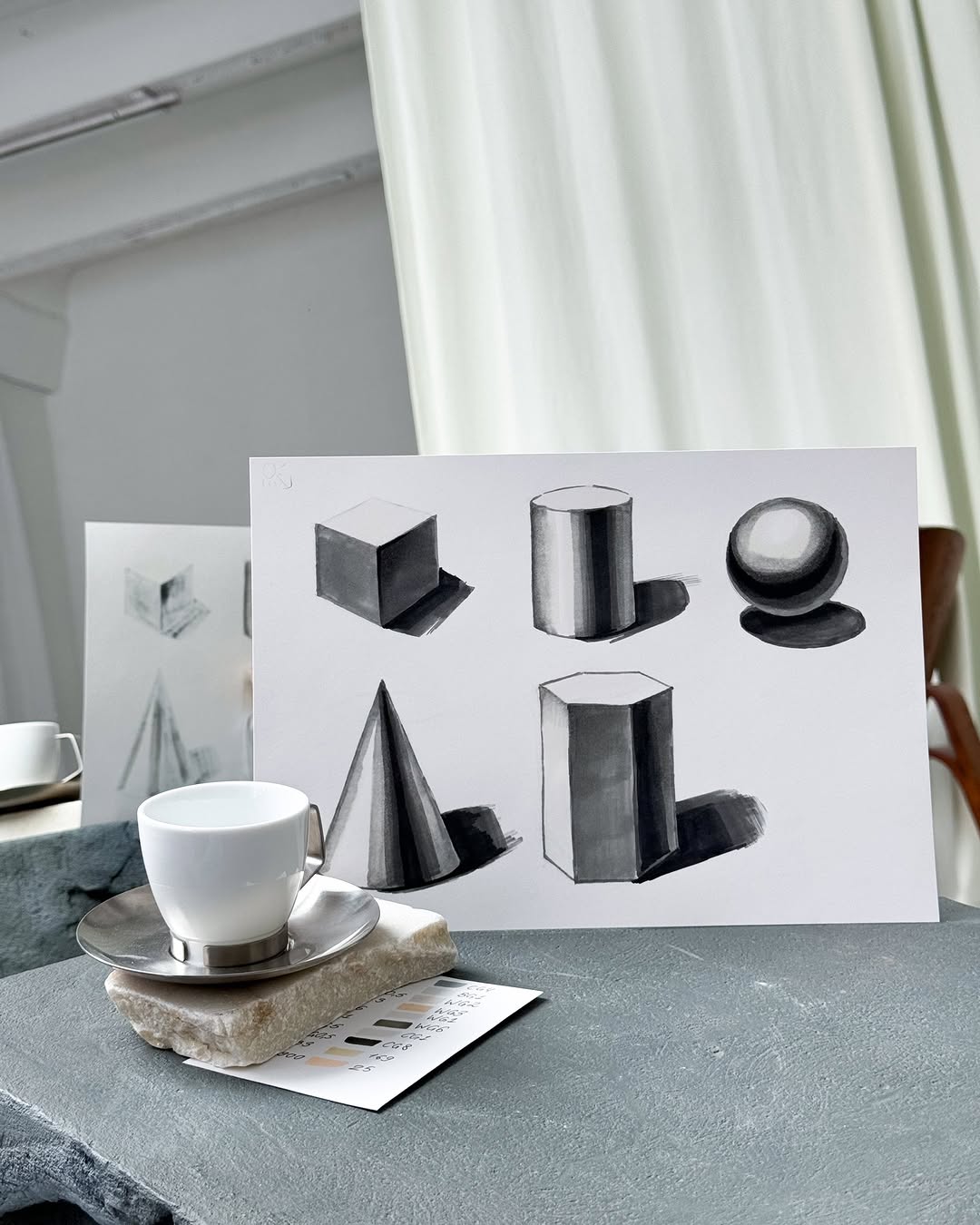
source @fantasy_room_online
When drawing people, it’s easy to get overwhelmed by the complexity of human anatomy. The best way to begin is by breaking down the human body into basic shapes. Think of the head as a circle, the torso as a rectangle, and the limbs as cylinders. Starting with simple forms allows you to establish a structure for your figure and make adjustments as needed. This foundational technique will help guide the rest of your drawing and ensure the proportions are accurate. The key here is not to worry about details yet but to focus on the overall form and how the shapes relate to one another.
2. Understand Human Proportions
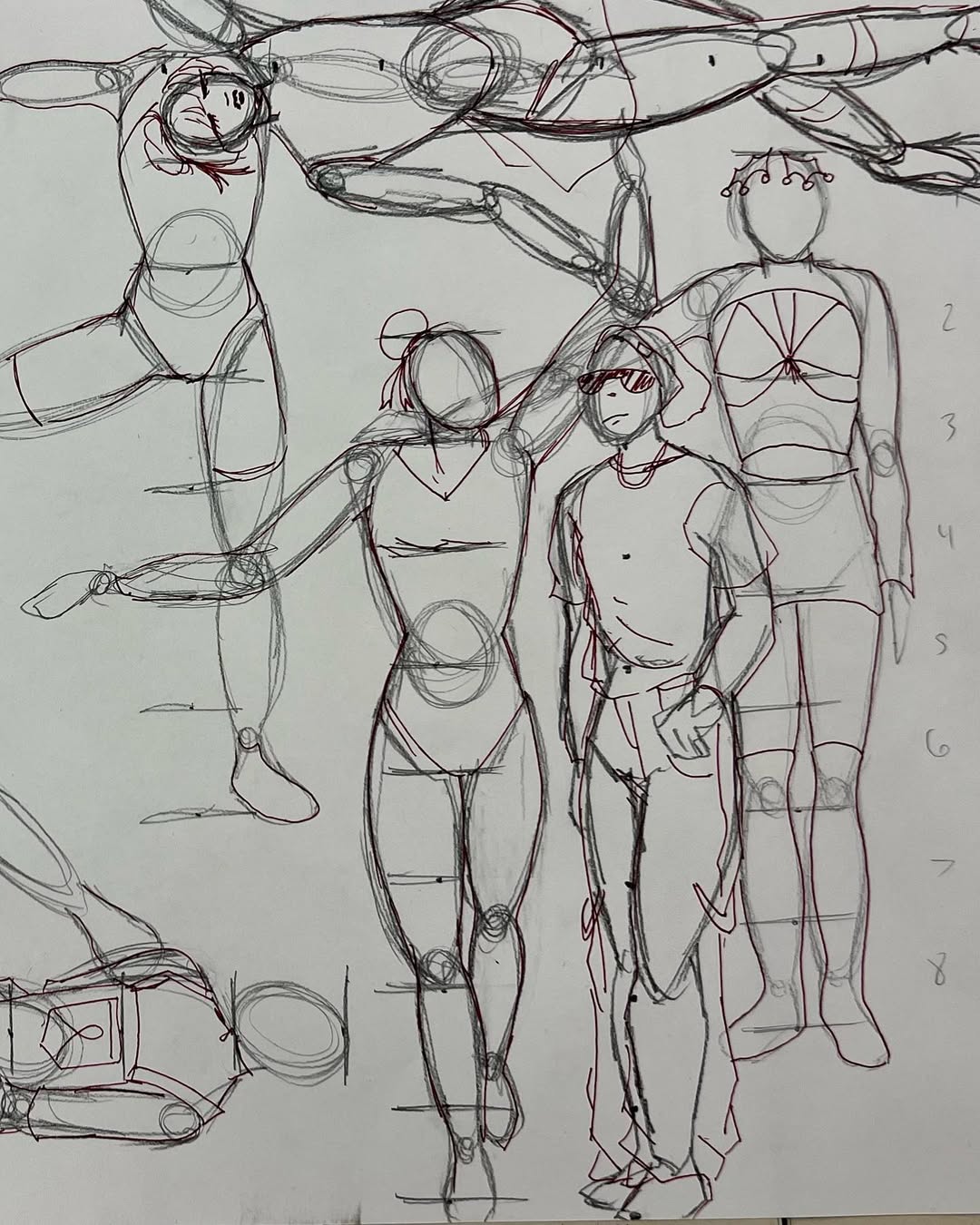
source @thatartteacher_machado
Human proportions are essential for creating realistic figures. One of the most widely used methods for understanding proportions is the 8-head system. The idea behind this method is that the average human figure is roughly 8 heads tall, and you can use this measurement to accurately position and size the different parts of the body. For example, the head is the first unit of measurement, and from there, you can map out the torso, arms, legs, and feet. Learning this system will provide you with a strong sense of proportion and allow you to better represent the human form in your drawings.
3. Learn to Sketch Lightly
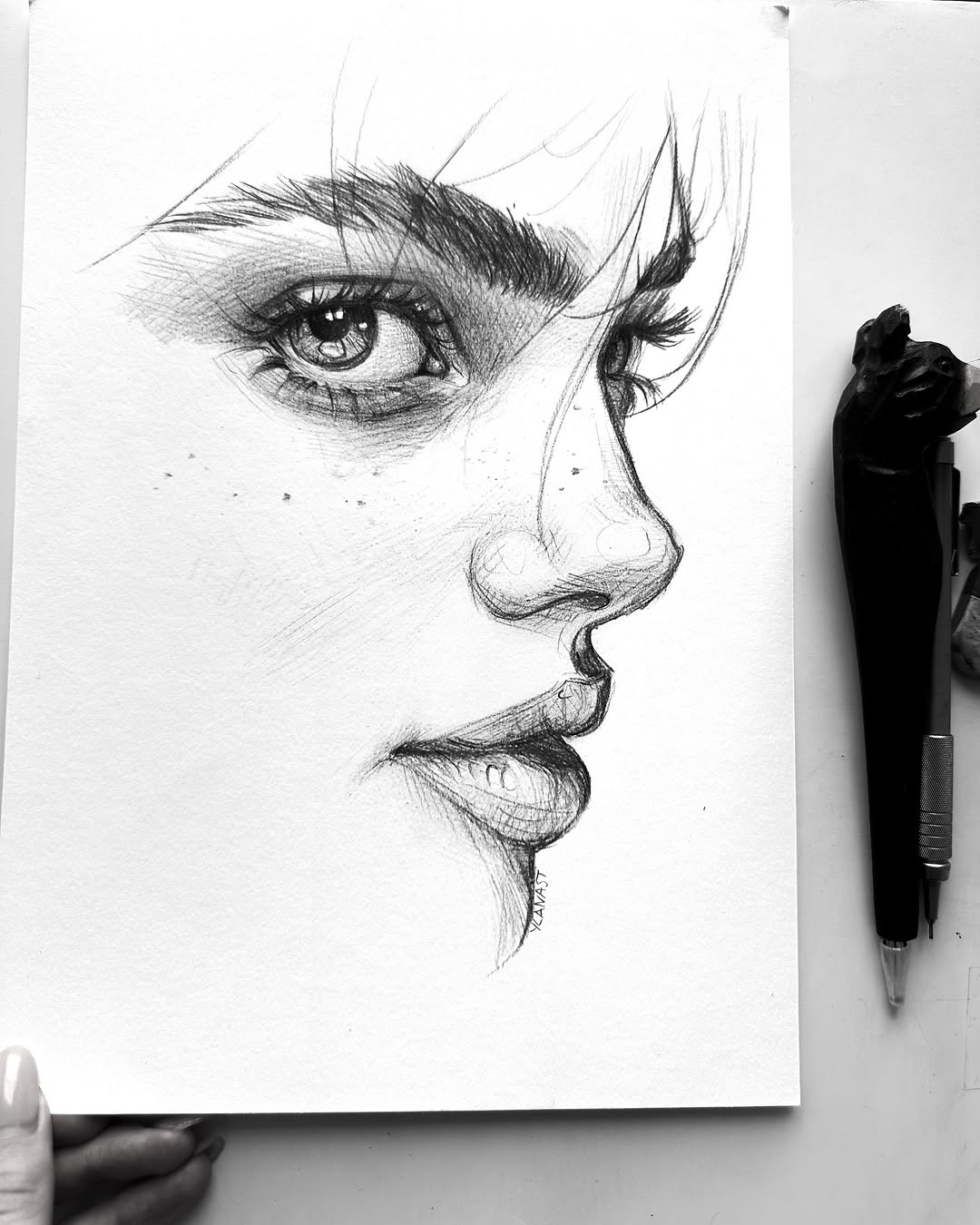
source @unallay
When you’re first sketching out a human figure, it’s important to sketch lightly. Using light lines makes it easier to correct mistakes and make adjustments as you go. Don’t worry about perfecting every line in the beginning. This is the stage where you lay the groundwork for your figure, so keep your strokes loose and fluid. Once you’ve established the basic structure and proportions, you can go over your lines more confidently. This light approach is especially important when you’re just starting out, as it helps you avoid feeling too committed to any particular element of the drawing.
4. Focus on the Spine and Posture
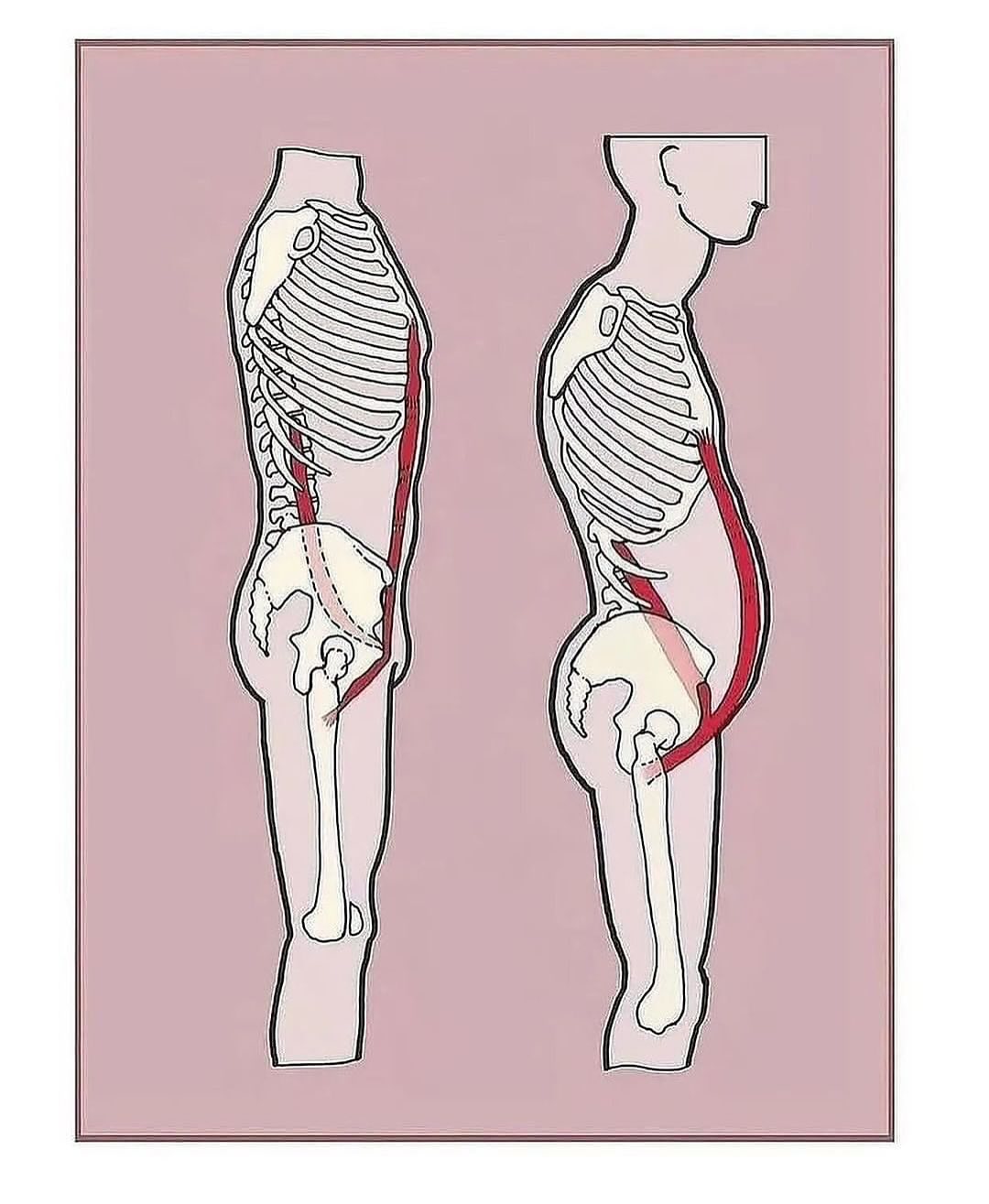
source @yogadailypractice
The human spine plays a critical role in the posture and movement of the body. By understanding how the spine works, you’ll be able to create figures that have life and energy. Start by sketching the spine as a simple curved line to represent the center of balance in the body. Pay attention to how the spine affects the body’s alignment and posture, whether standing, sitting, or in motion. A figure with an organic, flowing spine looks far more dynamic than one that’s rigid and stiff. Studying real-life poses and models can also help you visualize how the spine bends and twists in different positions.
5. Pay Attention to Gesture Drawing
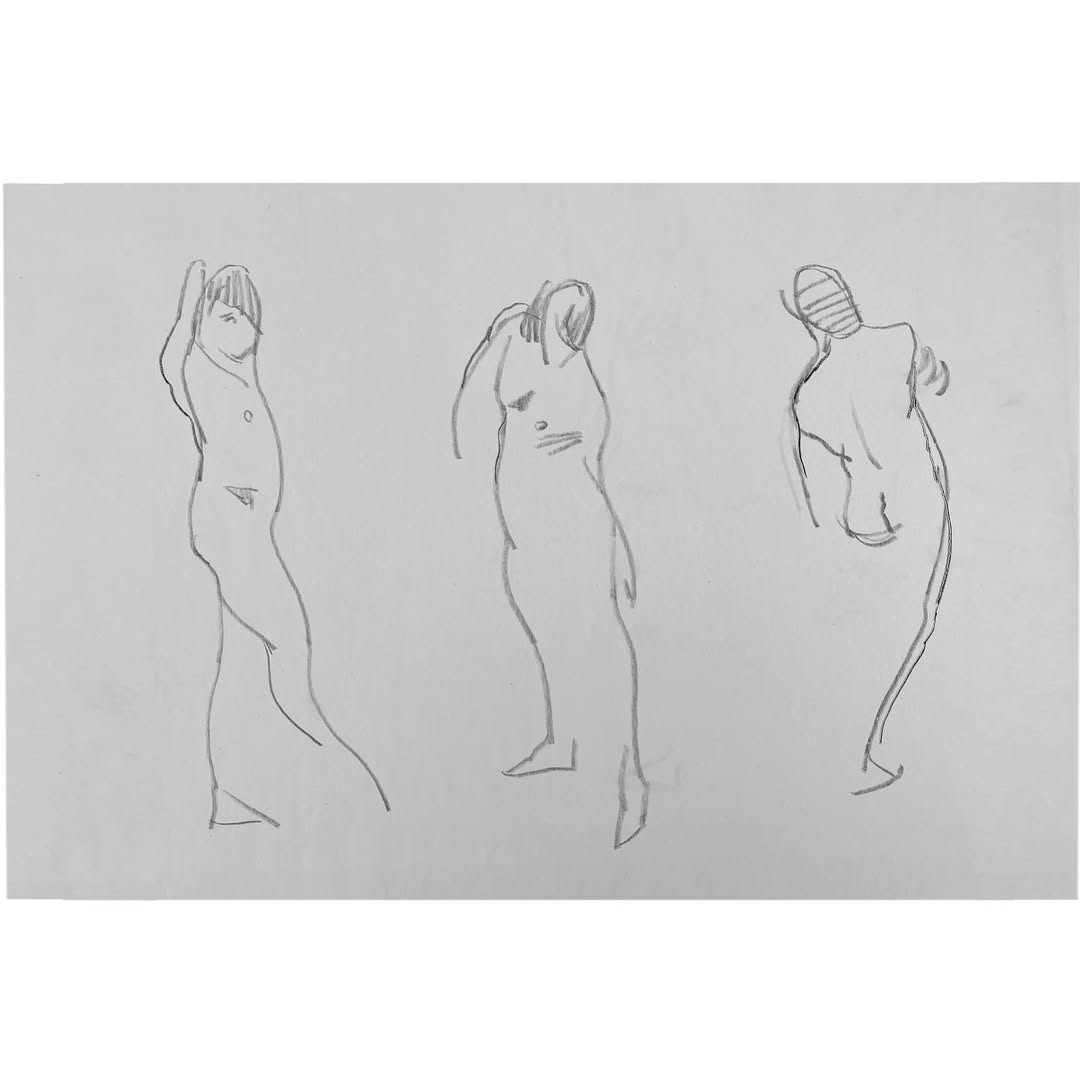
source @erinmeads_art
Gesture drawing is one of the best ways to capture the essence of human movement. These quick sketches (usually lasting only a few minutes) help you focus on the flow and energy of the pose rather than on every intricate detail. Gesture drawing is excellent practice for improving your understanding of the body’s proportions and movement. It also helps to develop your intuition about how bodies move and interact in space. By practicing gesture drawing regularly, you’ll find it easier to infuse your longer drawings with the same sense of action and expressiveness.
6. Study Human Anatomy
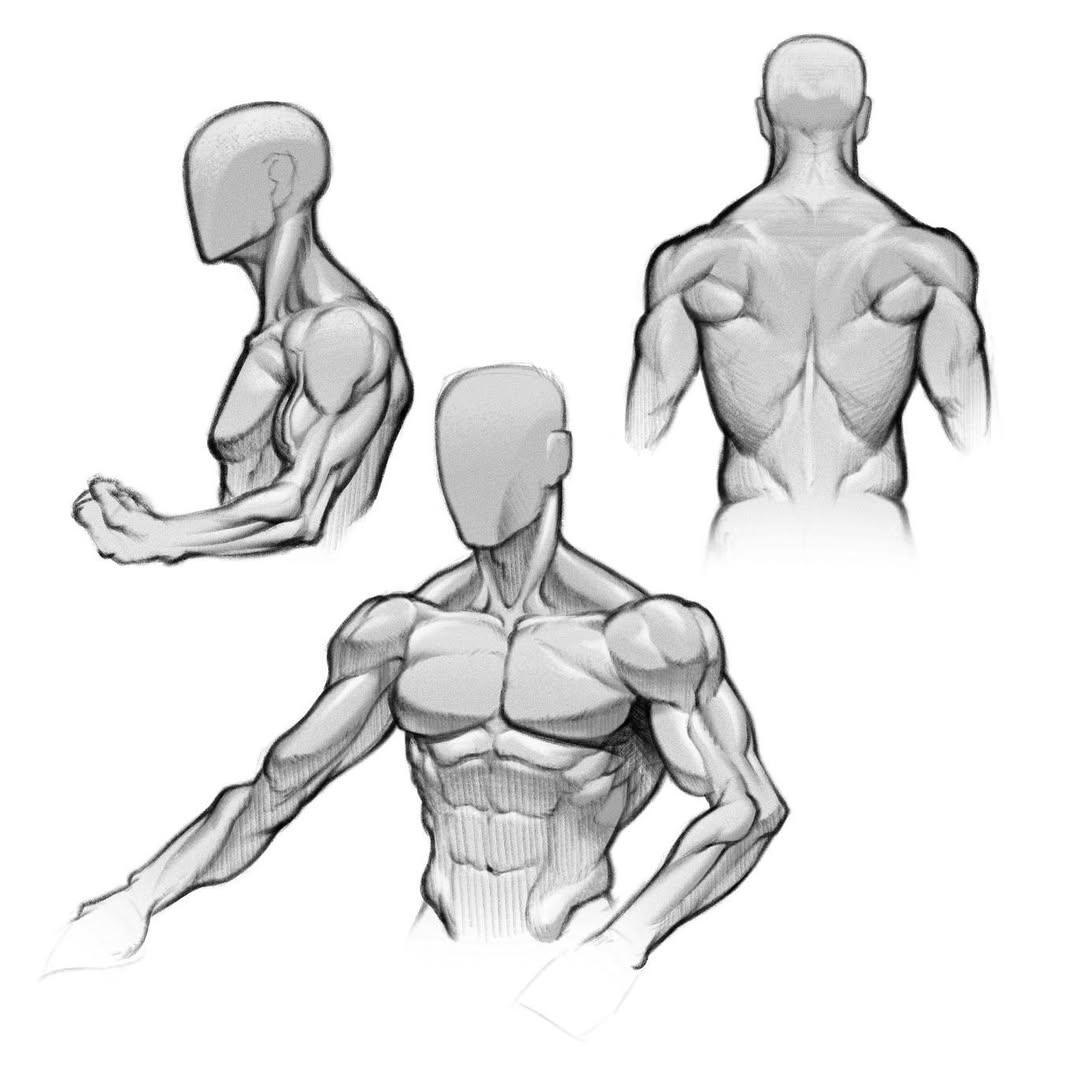
source @mlopez.artz
Human anatomy is a crucial part of learning how to draw realistic people. Understanding the underlying structure of muscles, bones, and joints gives you the ability to depict the body more accurately. You don’t need to memorize every muscle, but learning the major muscle groups and bone structure will help you understand how the body moves and how to represent it in different poses. Anatomy books and online resources can be invaluable tools for studying the human body in-depth, and regular practice will make these concepts feel more natural in your drawings.
7. Work on Facial Proportions
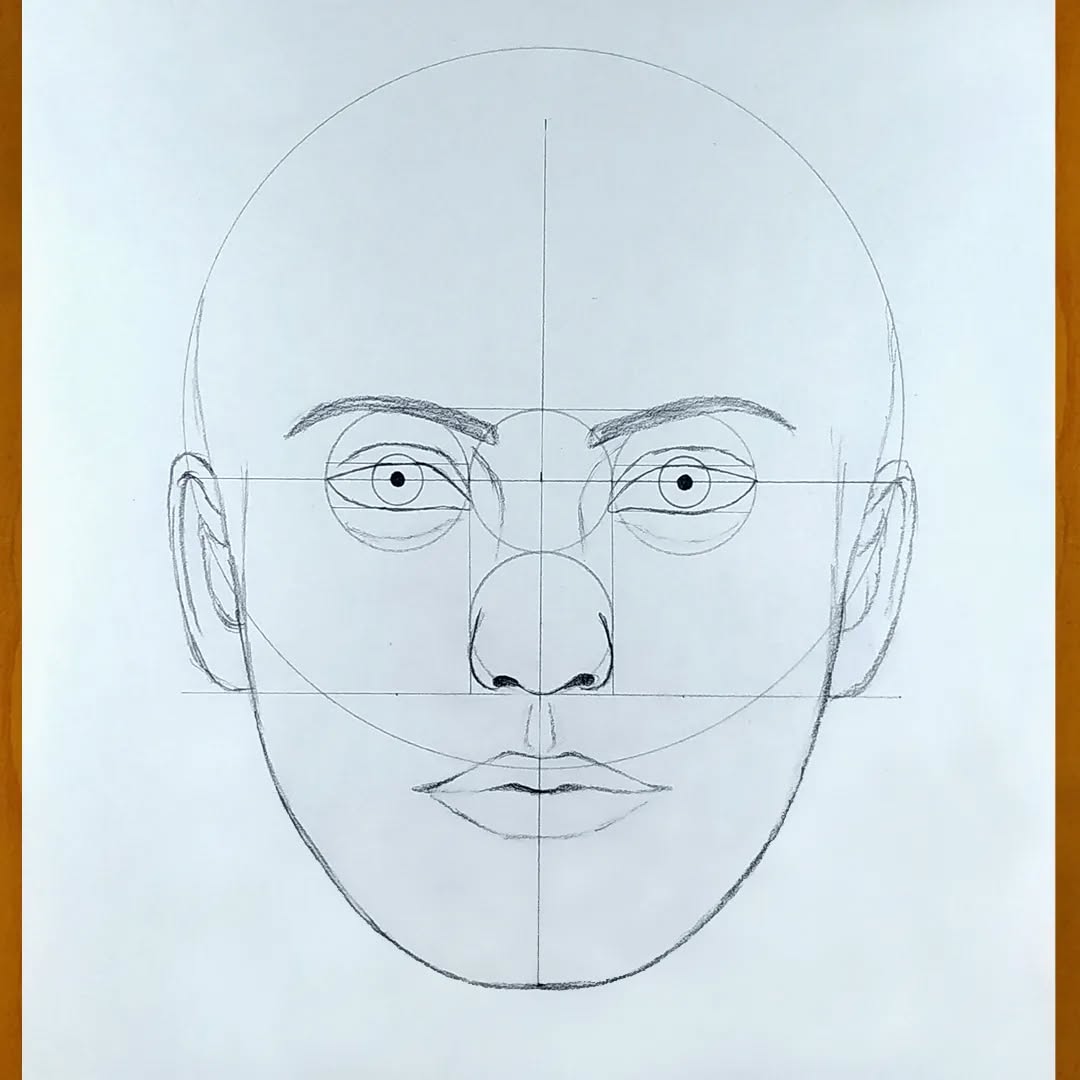
source @noroart.official
Drawing a human face can be especially challenging because of its fine details and complex proportions. However, once you understand the basic rules of facial proportions, you’ll have a much easier time sketching accurate and lifelike faces. The face is generally divided into equal thirds: the first third is the distance from the top of the head to the eyebrows, the second third is from the eyebrows to the bottom of the nose, and the final third is from the bottom of the nose to the chin. The eyes are typically placed halfway between the top of the head and the chin, with one eye-width separating them. Familiarizing yourself with these basic guidelines will allow you to create more balanced and realistic faces.
8. Use Reference Images
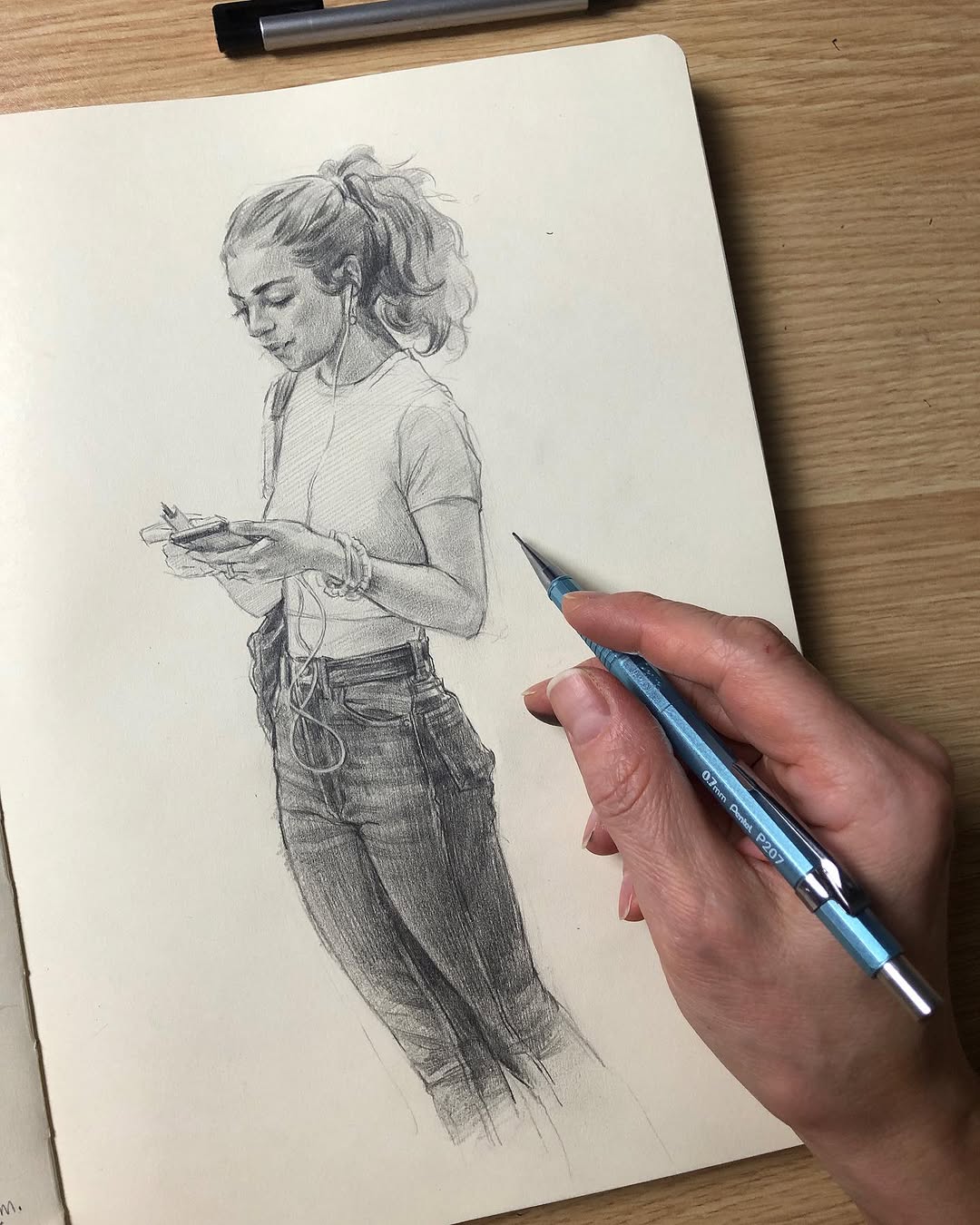
source @nadiaispwich
One of the most helpful tools for improving your people-drawing skills is using reference images. These can be photos, videos, or live models. Reference images provide insight into how light, shadow, and color affect the human form. They also give you a clear understanding of proportions and details that might be hard to observe otherwise. Don’t be afraid to rely on references as you develop your skills. Over time, you’ll become more comfortable drawing from imagination, but using references early on can significantly improve the accuracy and realism of your work.
9. Understand Clothing and Fabric Flow
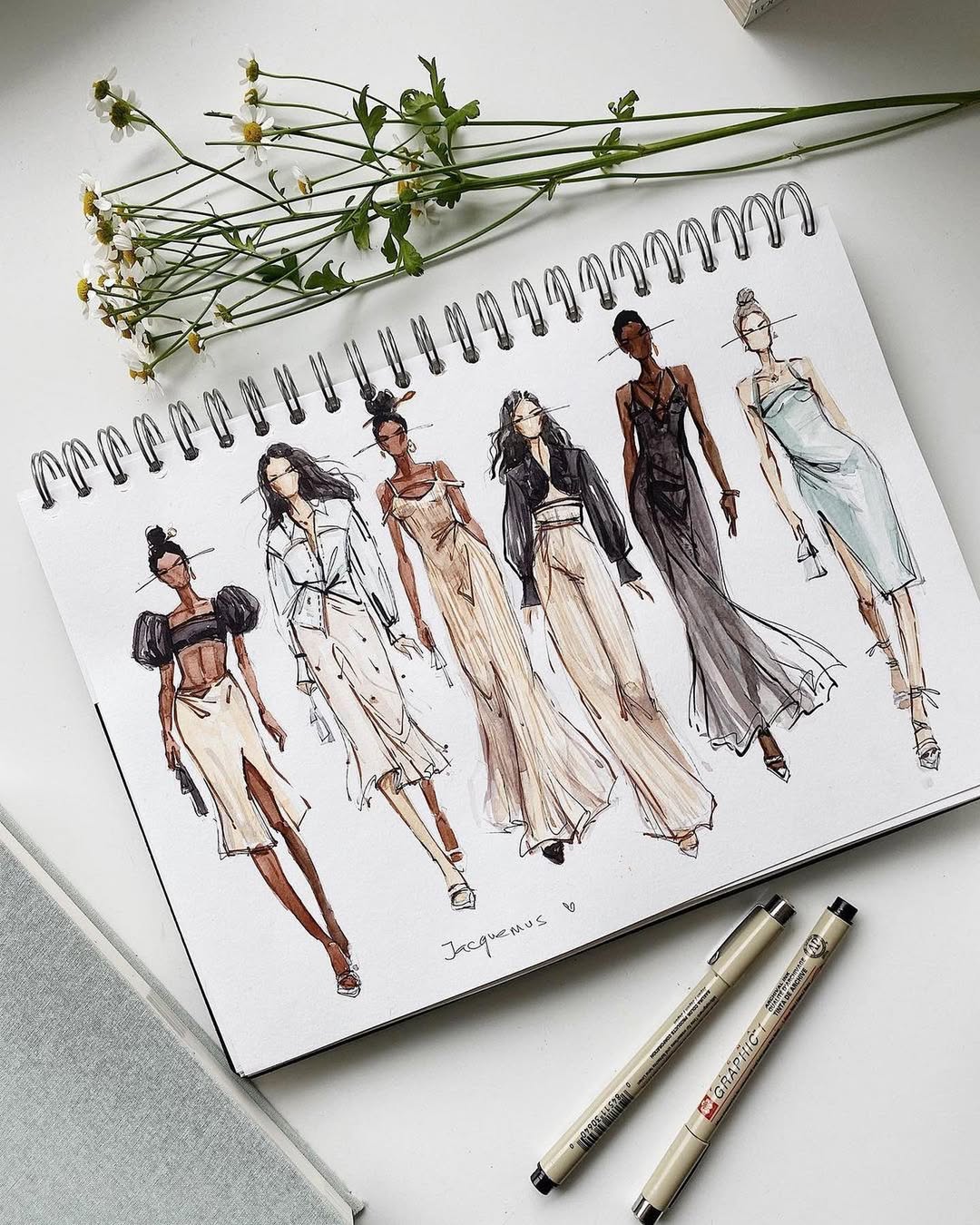
source @fashionillustration_studio
Clothing plays an important role in defining the human figure. Learning how fabric flows and folds will give your drawings a more realistic and dynamic feel. Pay attention to how clothes fit around the body and how they drape over curves, bends, and movement. Study how different types of fabrics behave—loose clothes have different characteristics than tight-fitting ones. By drawing clothing in a way that complements the body’s movement and shape, you can add another layer of realism to your work.
10. Practice Shading Techniques
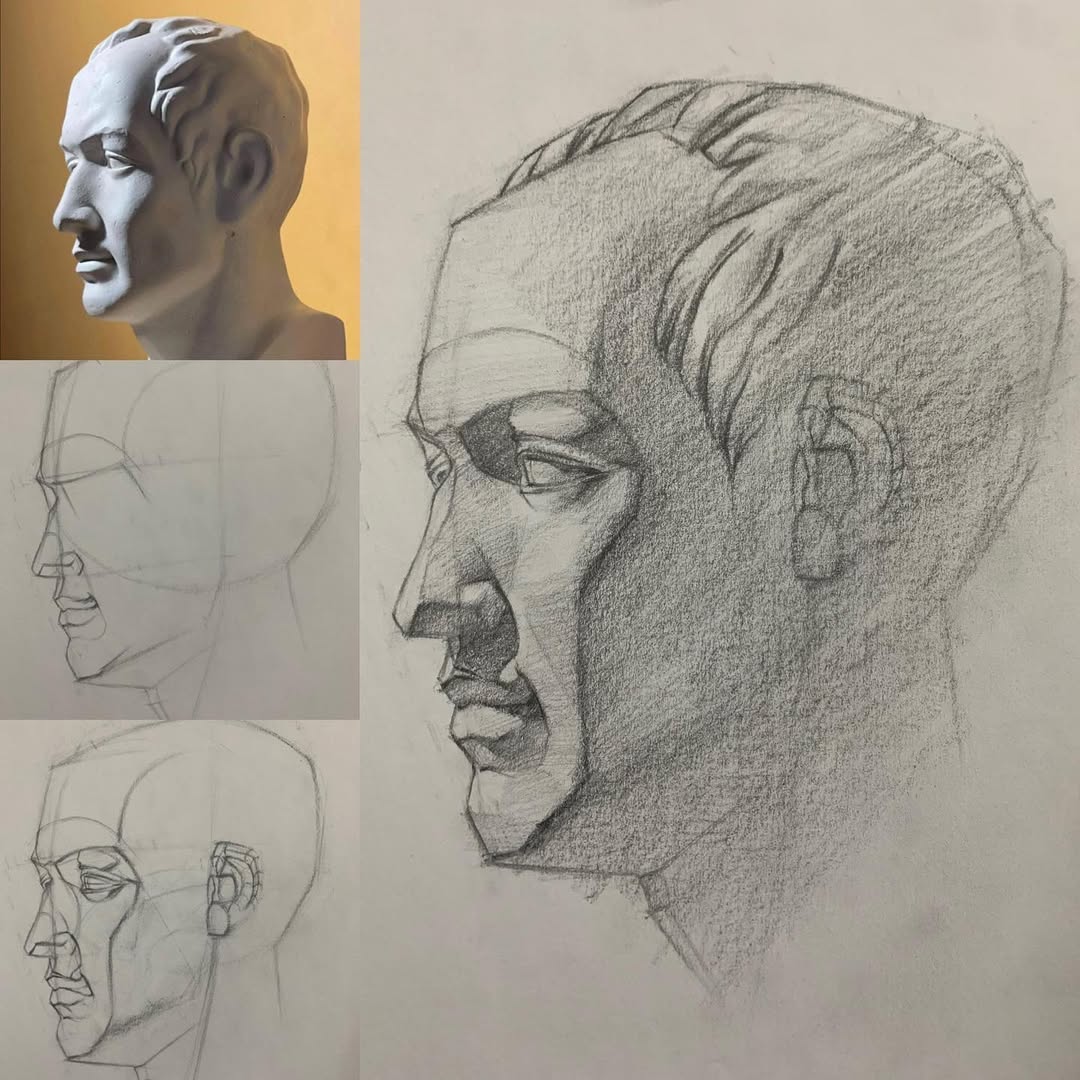
source @hassaneart
Shading adds depth, dimension, and contrast to your drawings, making them appear more lifelike. Experiment with various shading techniques such as cross-hatching, stippling, and blending to create realistic textures and shadows. Focus on understanding light sources and how they affect the figure. Proper shading techniques can also help define the contours of the body, emphasizing muscles, bones, and other features. Mastering shading is an essential step toward elevating your figure drawing skills.
11. Experiment with Different Mediums
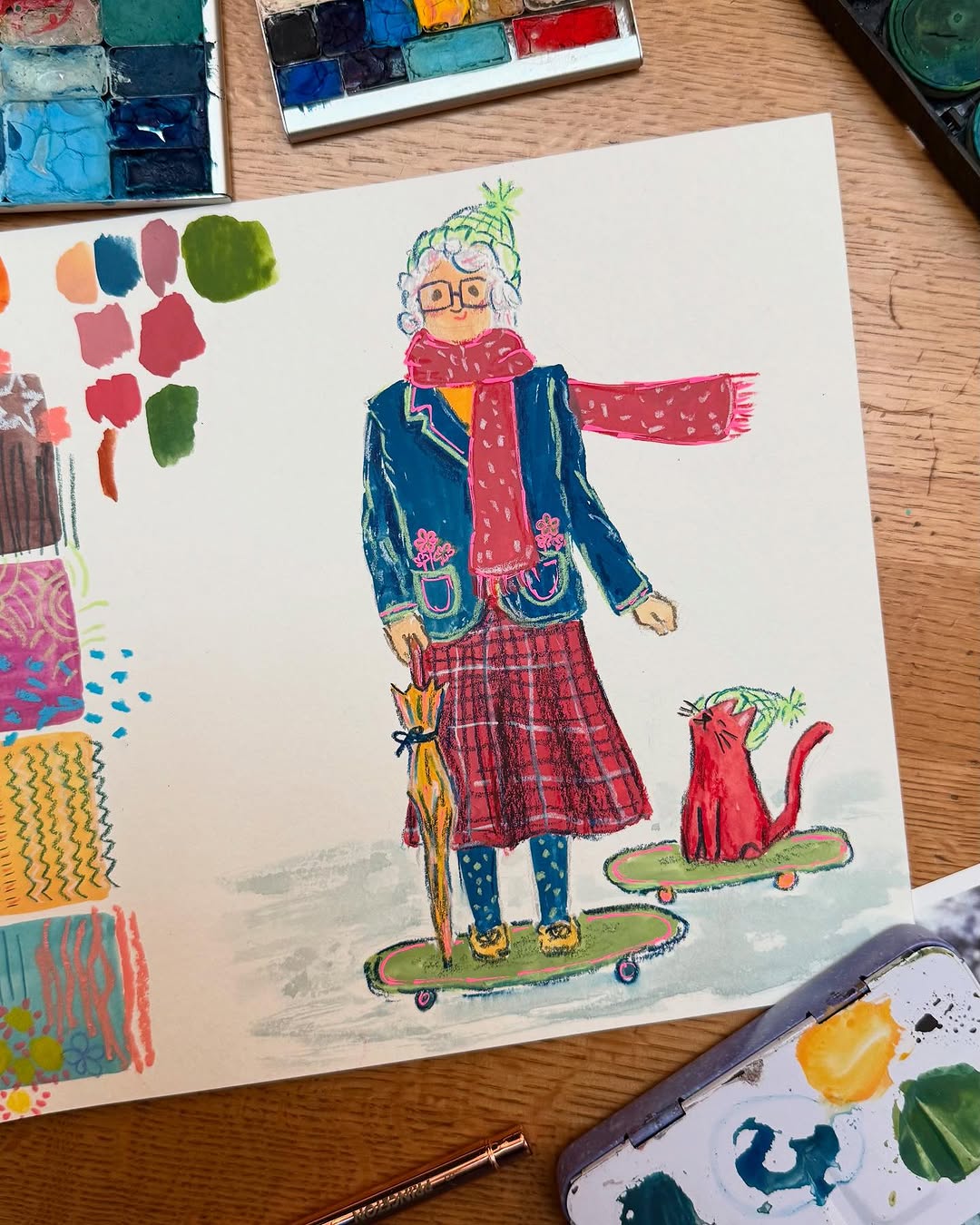
source @srsigdesigns
While graphite pencils are commonly used for figure drawing, experimenting with different mediums can help bring a unique feel to your work. Charcoal can create rich, dark shadows and dramatic contrast, while ink can be used for fine details or bold lines. Watercolor, colored pencils, and digital tools also offer exciting possibilities for adding color and texture to your drawings. Explore different materials to find out what works best for your artistic style and to push the boundaries of your figure drawing.
12. Mastering Hands and Feet
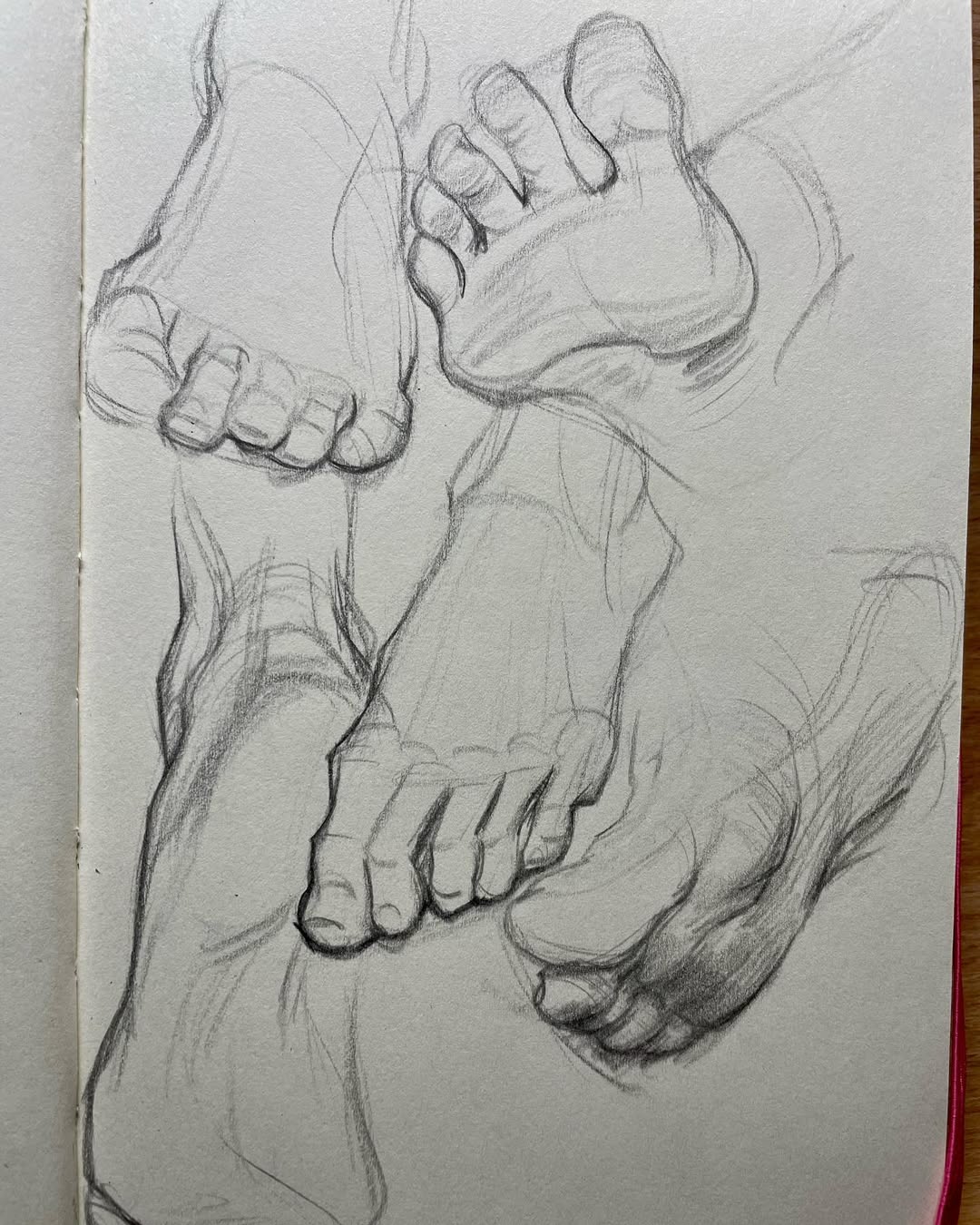
source @hassaneart
Hands and feet are often regarded as the most difficult parts of the human body to draw. Their complexity, with all the fingers, joints, and subtle details, can be overwhelming at first. However, by breaking them down into simpler shapes, you can make them easier to draw. Study the hand and foot in various positions, and practice drawing them from different angles. It’s also helpful to sketch real hands and feet, either from reference images or by observing your own.
13. Learn to Draw from Life
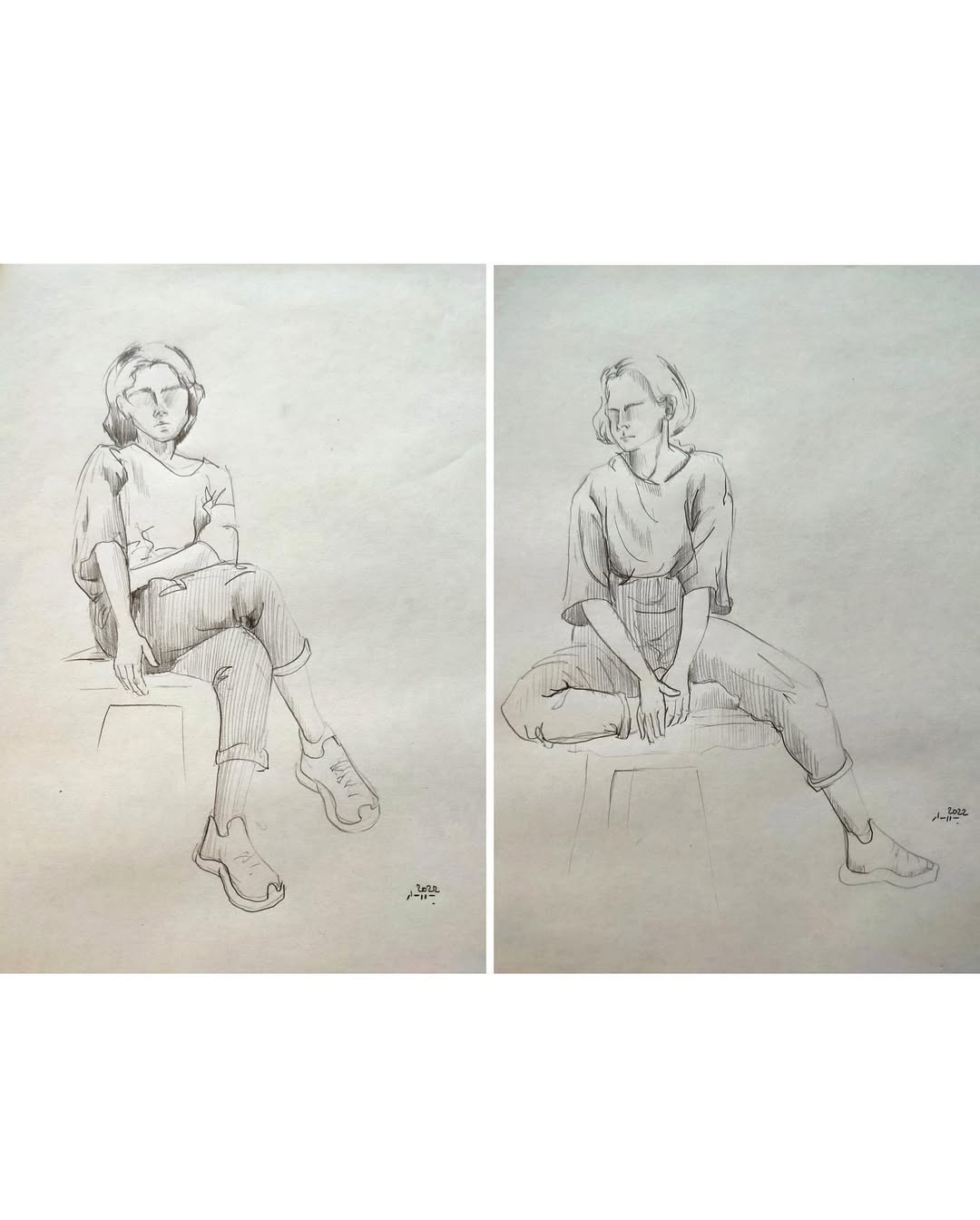
source @baaharts
Drawing from life is one of the most effective ways to improve your people-drawing skills. Life drawing allows you to observe the human form in real-time and better understand how bodies move, how light interacts with skin, and how to depict emotion and expression. If you can’t attend a life drawing class, try drawing from live models in person or online via streaming sessions. Drawing live will help you develop your skills and give you a better understanding of the human body’s natural proportions and movements.
14. Practice Drawing Different Ages and Body Types
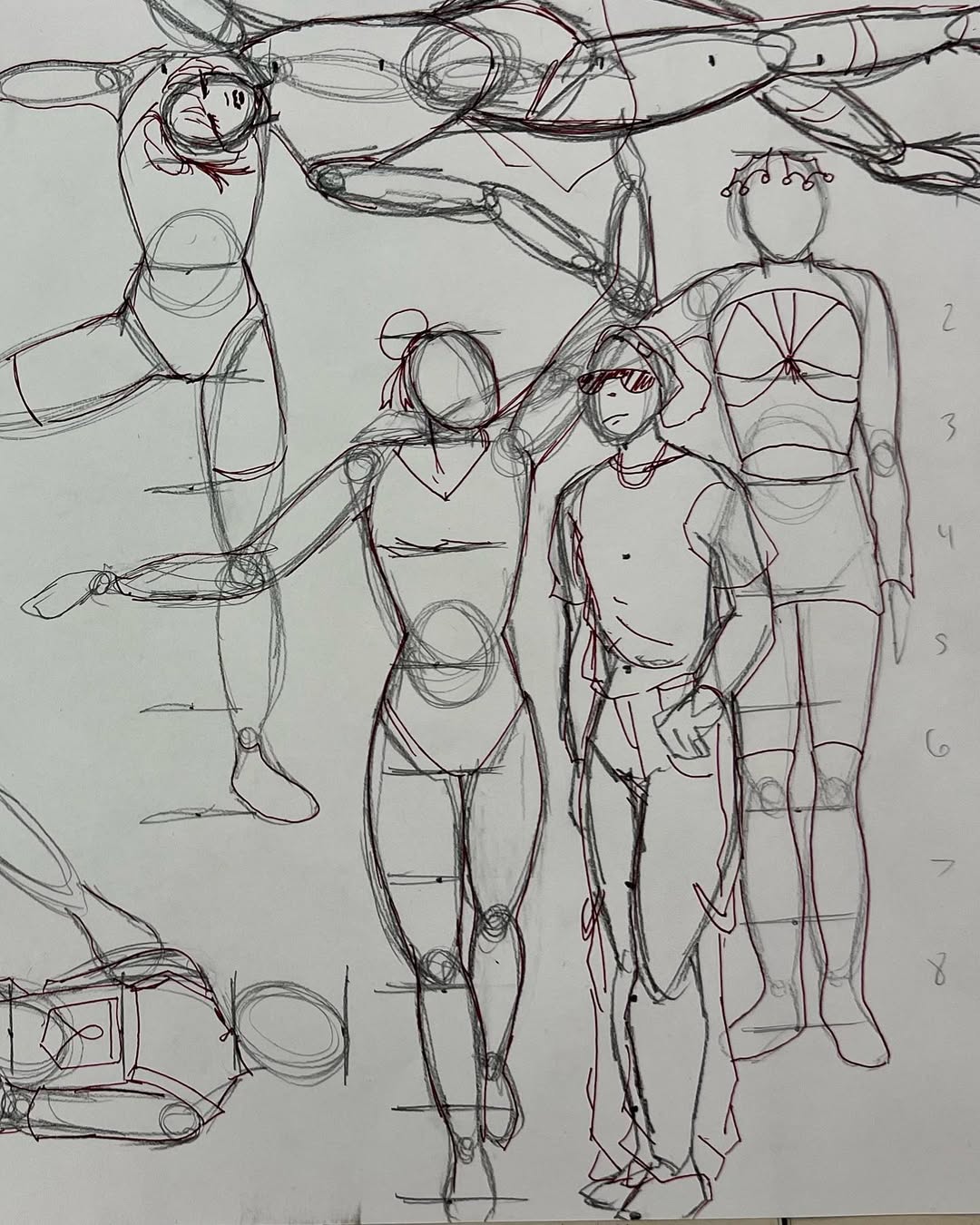
source @thatartteacher_machado
The human body comes in many shapes, sizes, and ages, and it’s important to practice drawing all types of figures to become a versatile artist. Focus on drawing people of various body types, ethnicities, and age groups. This will give you a broader perspective on how different bodies move and how features change as people age. By embracing diversity in your sketches, you’ll be able to portray a more realistic and inclusive range of human experiences.
15. Use Contrast for Impact
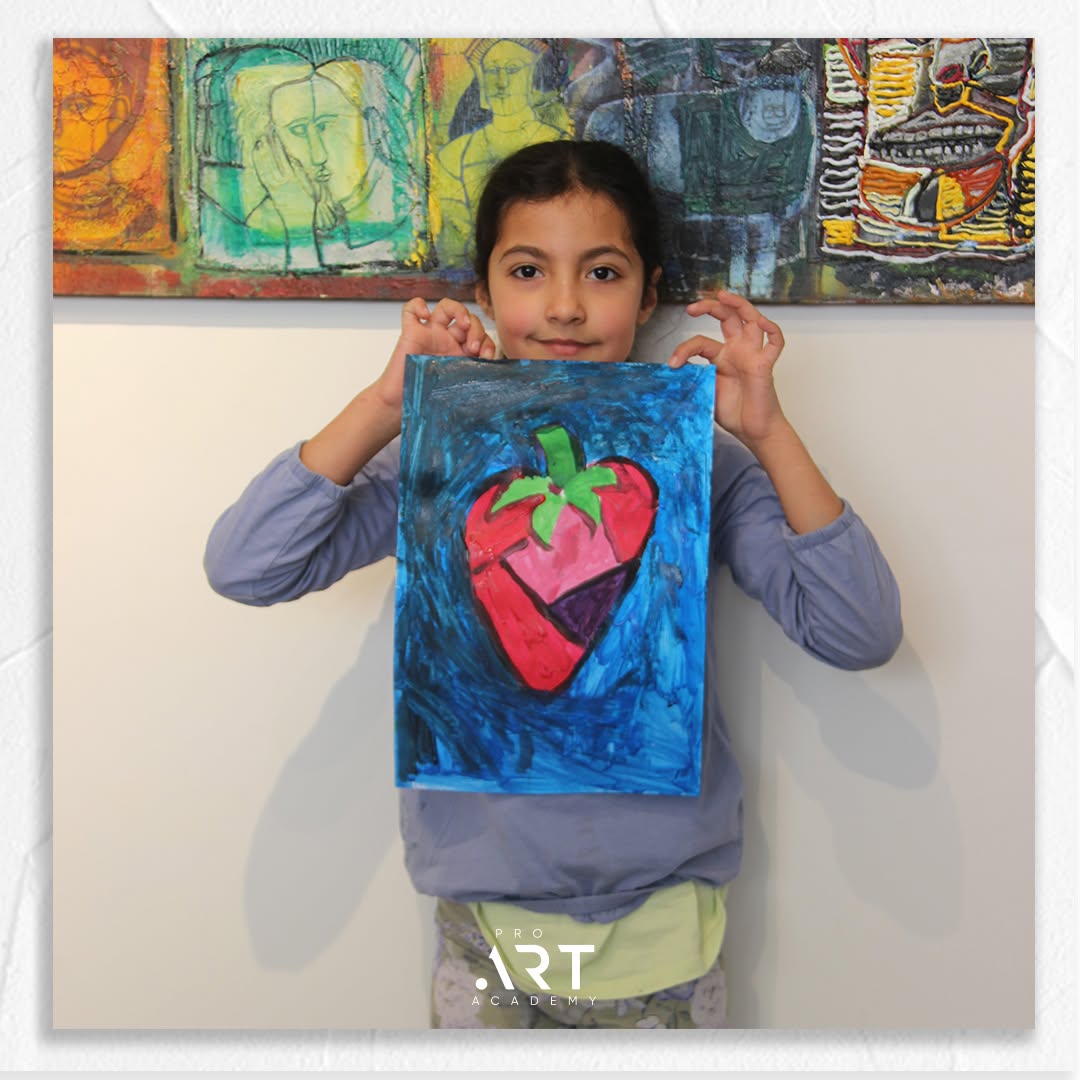
source @proartacademy_
Contrast is one of the most powerful tools in art. Using a stark contrast between light and dark areas in your figure drawings can make certain elements pop and add dramatic effects. Highlight areas of the body that are most exposed to light, such as the face, hands, and top of the shoulders, while darkening areas in shadow, like the sides of the body or under the limbs. This technique helps emphasize the three-dimensionality of your subject and draws the viewer’s attention to the most important parts of your drawing.
16. Refine Your Drawing with Details
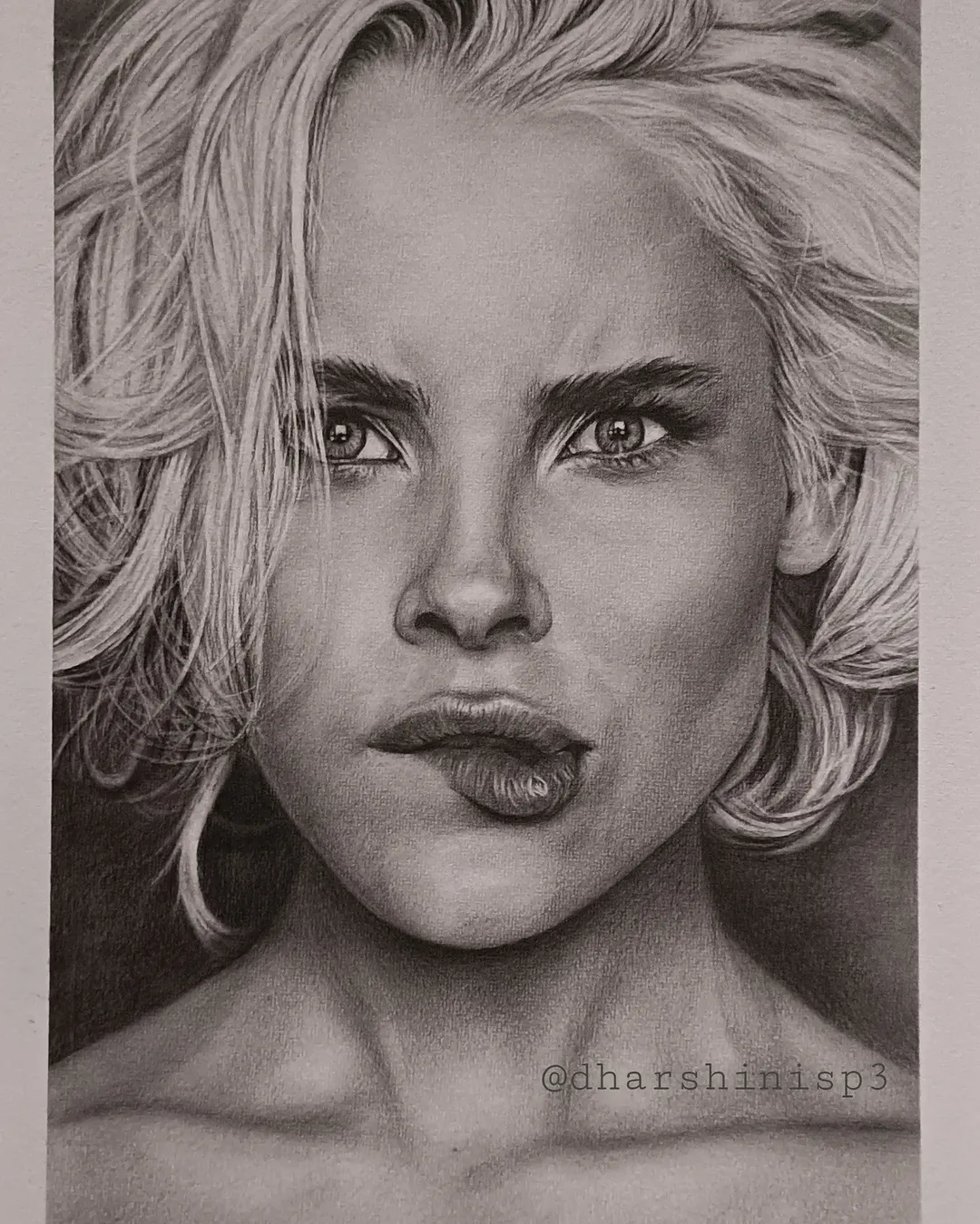
source @dharshinisp3_arts
Once you’ve established the basic structure, proportions, and shading, it’s time to add the details that will truly bring your drawing to life. These might include facial features, textures, wrinkles, or even the shine in the eyes. Be careful not to overdo it; sometimes less is more. Focusing on a few key details will make your drawing feel polished without overwhelming the viewer.
17. Use Digital Tools for Editing and Enhancing
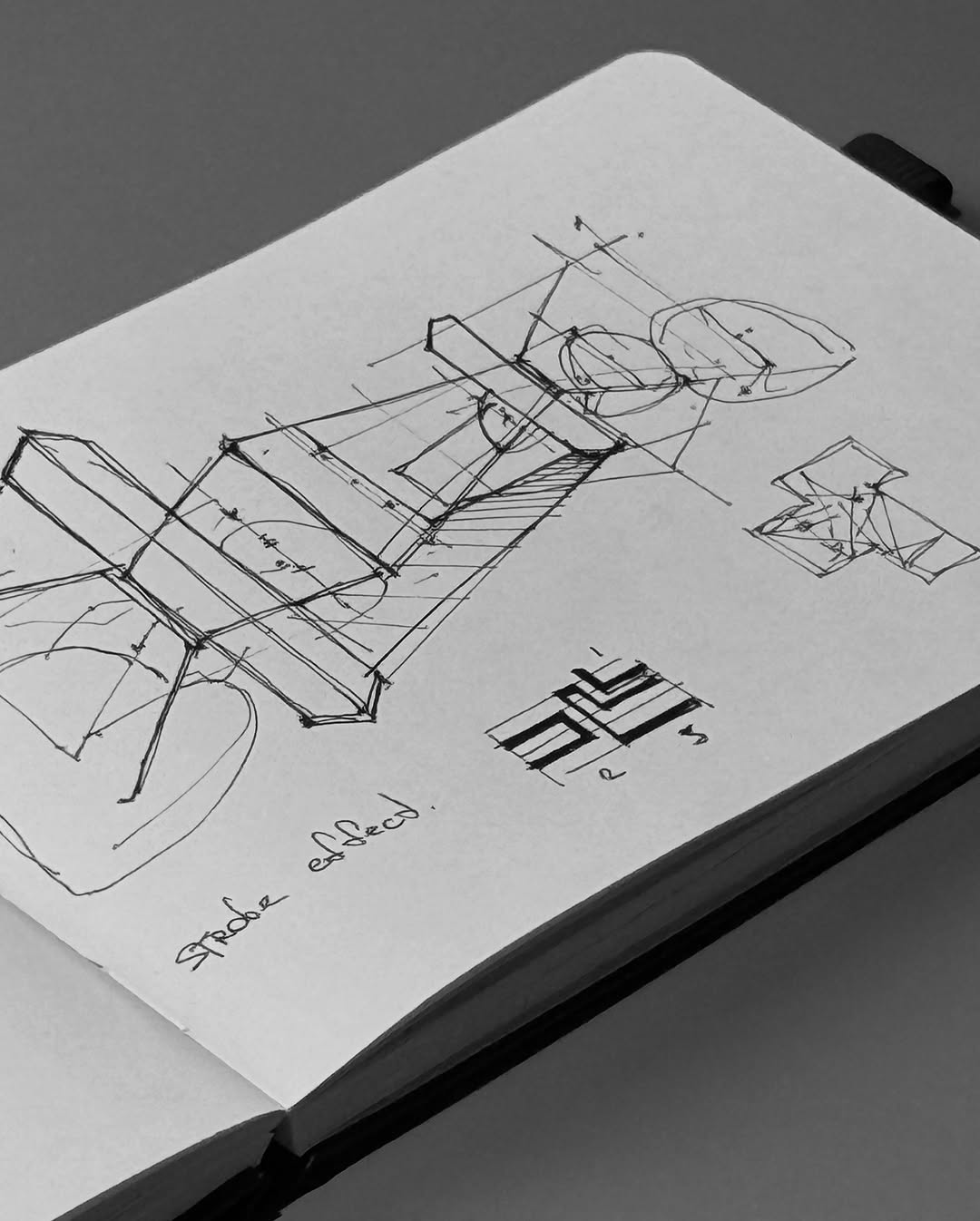
source @zhestkov
If you’re working digitally, tools like Photoshop or Procreate can be invaluable for enhancing your figure drawings. These programs allow you to easily refine your lines, adjust proportions, add colors, and experiment with different textures. Digital tools also make it easier to experiment with lighting and shading without having to redraw large sections of your work. They’re a fantastic way to speed up your process and explore new creative avenues.
18. Draw in Different Perspectives
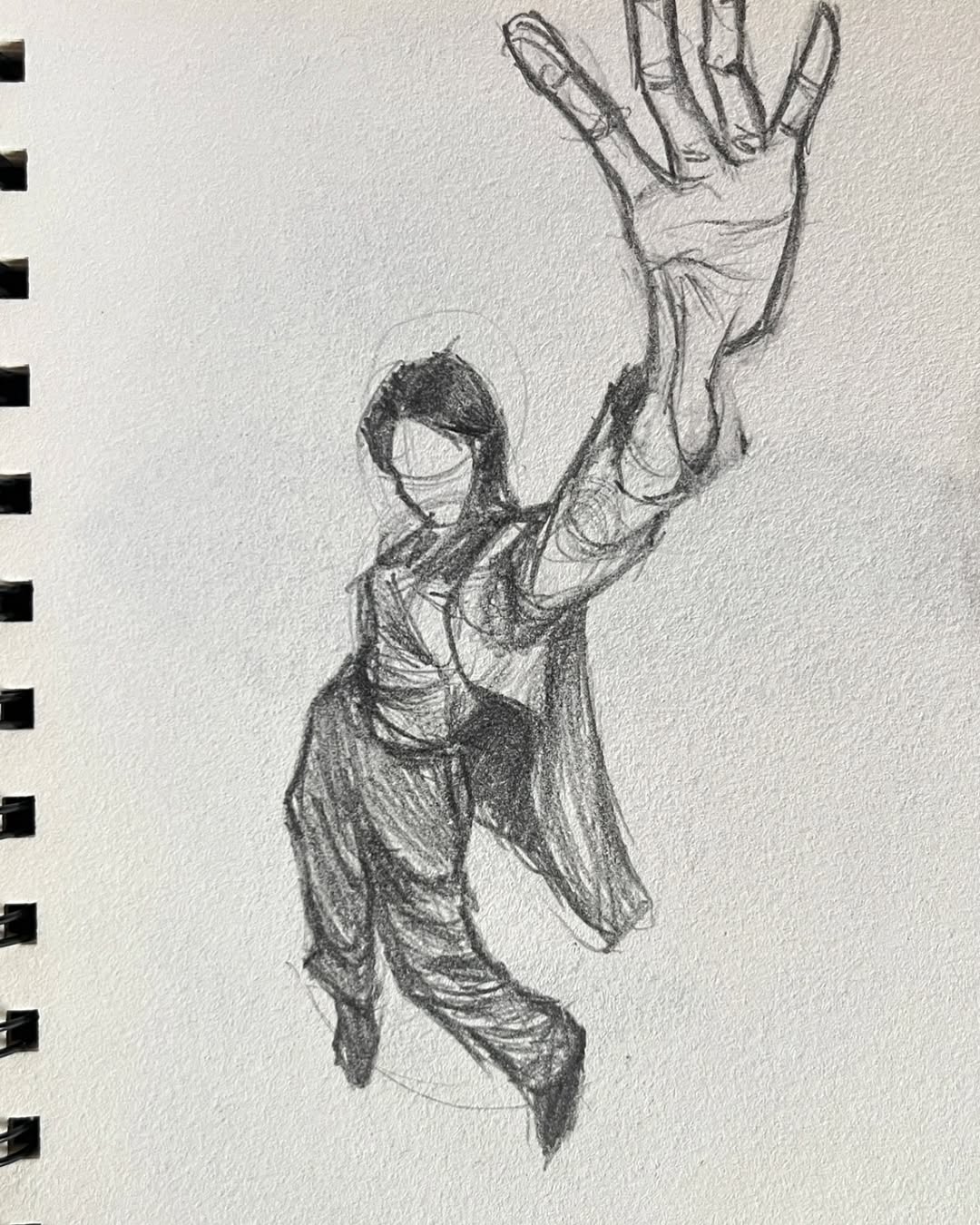
source @mujoure
To truly master figure drawing, it’s important to explore different perspectives. Don’t just stick to one angle; challenge yourself to draw figures from above, below, and from the side. This will deepen your understanding of perspective and how the human body looks from various viewpoints. The more you practice drawing from different angles, the more realistic and dynamic your drawings will become.
19. Keep Practicing and Be Patient
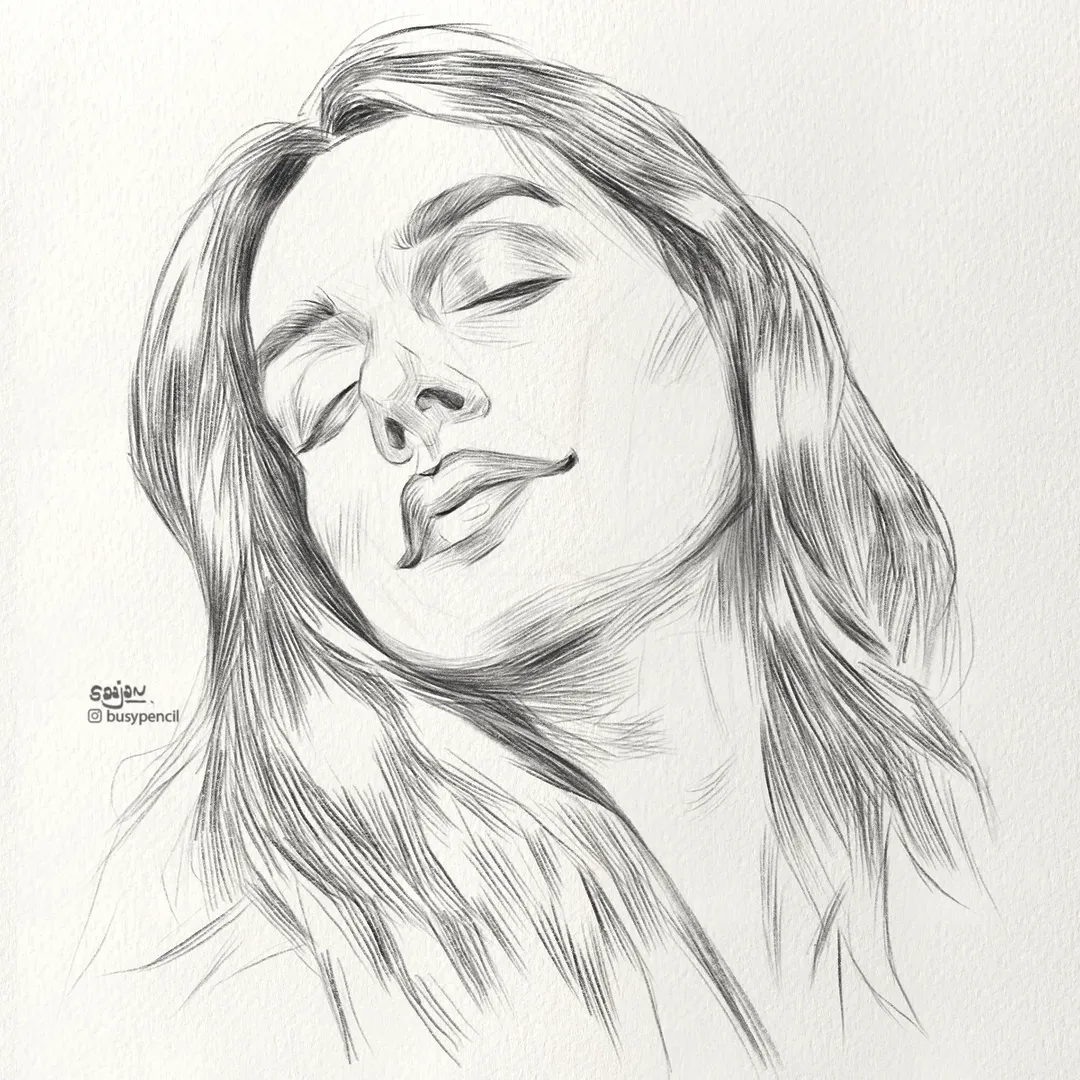
source @busypencil
The most important tip of all is to keep practicing and be patient with yourself. Drawing people is a skill that takes time to develop, and improvement comes with consistent effort. Don’t be discouraged by mistakes or imperfect drawings; every attempt is a step forward. Keep practicing, and over time, you’ll see significant progress in your ability to draw people with accuracy, depth, and expression.
